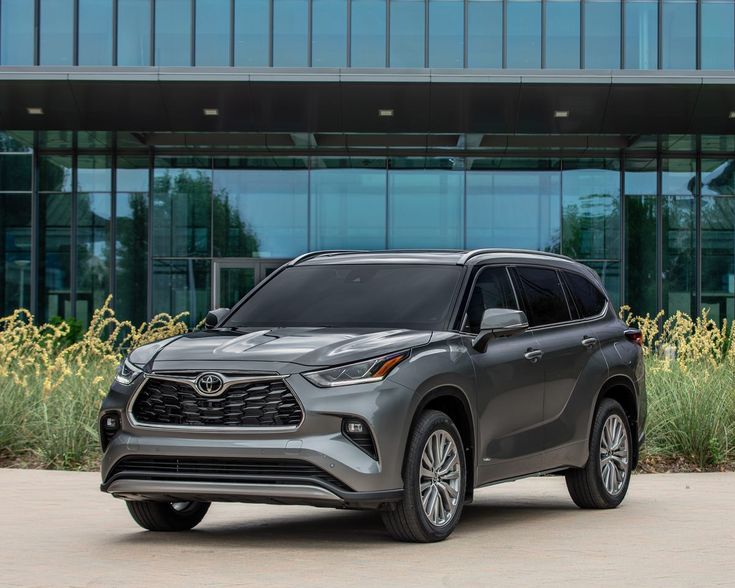Hybrid cars have come a long way since the days of early Prius models humming around suburban streets. These days, hybrids are just as much about reliability and long-term cost savings as they are about fuel efficiency.
But let’s be real—when it comes to hybrid battery life, not all models are created equal. Some hybrids seem built to keep pushing past 200,000 miles like it’s nothing, while others start throwing warning lights the second their battery warranty expires.
Battery replacement isn’t cheap—it can run anywhere between $2,000 and $7,000, depending on the make. That means the hybrid you choose has a huge impact on your future maintenance costs. And with EVs and plug-ins crowding the market, buyers looking for dependable hybrids with long-lasting battery packs need to know what actually survives past the 8-year mark.
This blog lays out five hybrids that routinely go the distance—even outliving their own batteries—and five that turn into money pits the minute the odometer climbs and the factory support ends.
If you’re hunting for a used hybrid or trying to avoid the ones that conk out early, pay attention. Real-world data, owner feedback, and hard-earned experience shape this list—not glossy marketing promises.
5 Hybrids That Outlive Their Batteries
These five hybrid cars have earned a reputation for sticking around. Their drivetrains, battery systems, and overall durability have proven strong in the real world, even after the original battery pack calls it quits. If you want a hybrid that doesn’t fall apart after the warranty’s up, these names consistently pop up for all the right reasons.
ALSO READ: 5 Crossovers That Go Forever and 5 That Constantly Need Repairs
1. Toyota Prius
There’s a reason the Toyota Prius is always the first car mentioned in any conversation about hybrids—it just lasts. Even if the original battery doesn’t, the rest of the car usually outlives it. Many owners report clocking over 250,000 miles, swapping a battery along the way, and still going strong.
Prius batteries typically hold up well for the first 150,000–200,000 miles. When they eventually go, they’re relatively easy to replace.
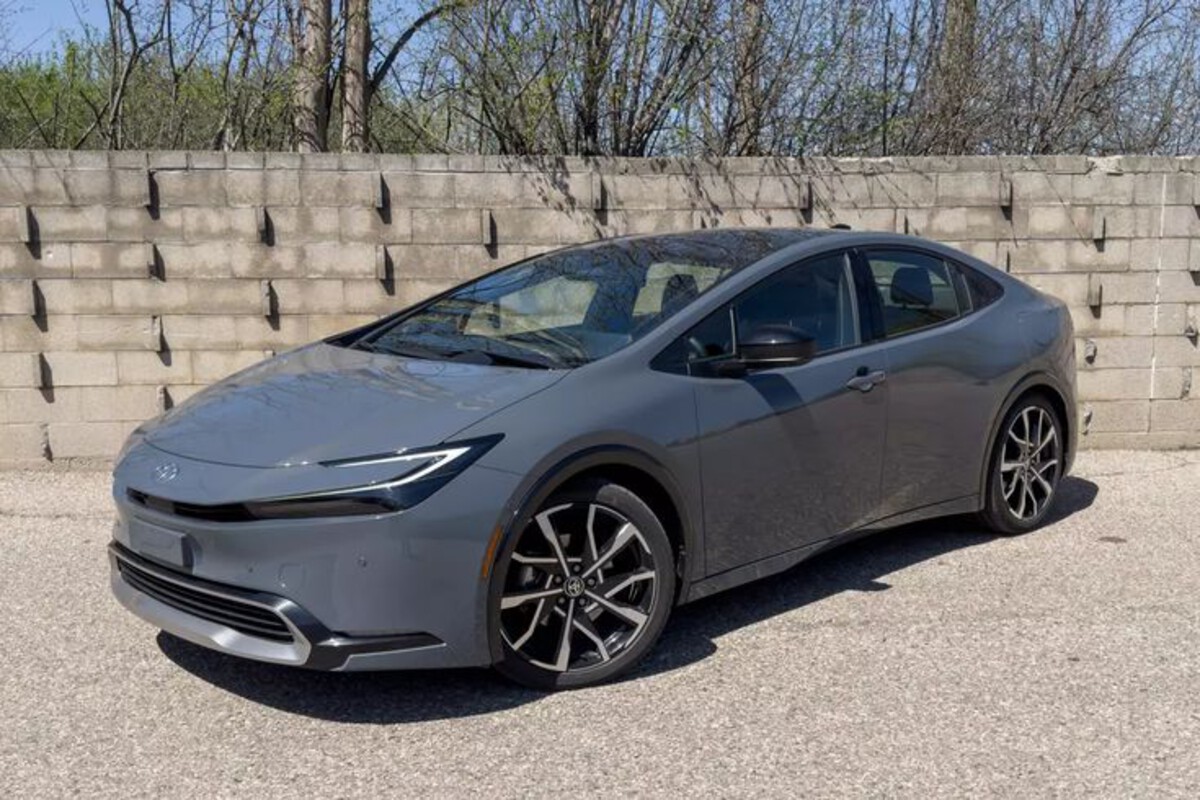
Aftermarket and refurbished options have flooded the market, making replacement far more affordable than it used to be. Mechanically, the Prius is built like a tank. It’s not thrilling to drive, but its hybrid drivetrain is efficient and simple, less to go wrong.
The car’s resale value stays decent, especially for those with newer battery packs installed. Owners love it because it just works. The electrical system is well-integrated, and non-battery failures are rare. Maintenance costs stay low, and you can find parts anywhere.
If reliability is your top priority and you’re okay with replacing the battery once during its lifetime, the Prius remains unbeatable. It’s a hybrid that’s proven it can survive past its battery life, making it a top choice for budget-conscious long-haulers.
2. Honda Accord Hybrid
The Honda Accord Hybrid isn’t just a fuel-sipper in a family sedan wrapper—it’s also built to last. This car’s hybrid battery routinely outlives expectations, and even if it does go, the car itself doesn’t throw in the towel.
Older models (especially 2014–2017) showed some hiccups early on, but newer versions from 2018 onward have nailed battery management. The result? Hybrids that keep rolling well into the 200K-mile club. Even post-battery replacement, the Accord Hybrid’s solid build and comfortable ride keep it from feeling worn out.
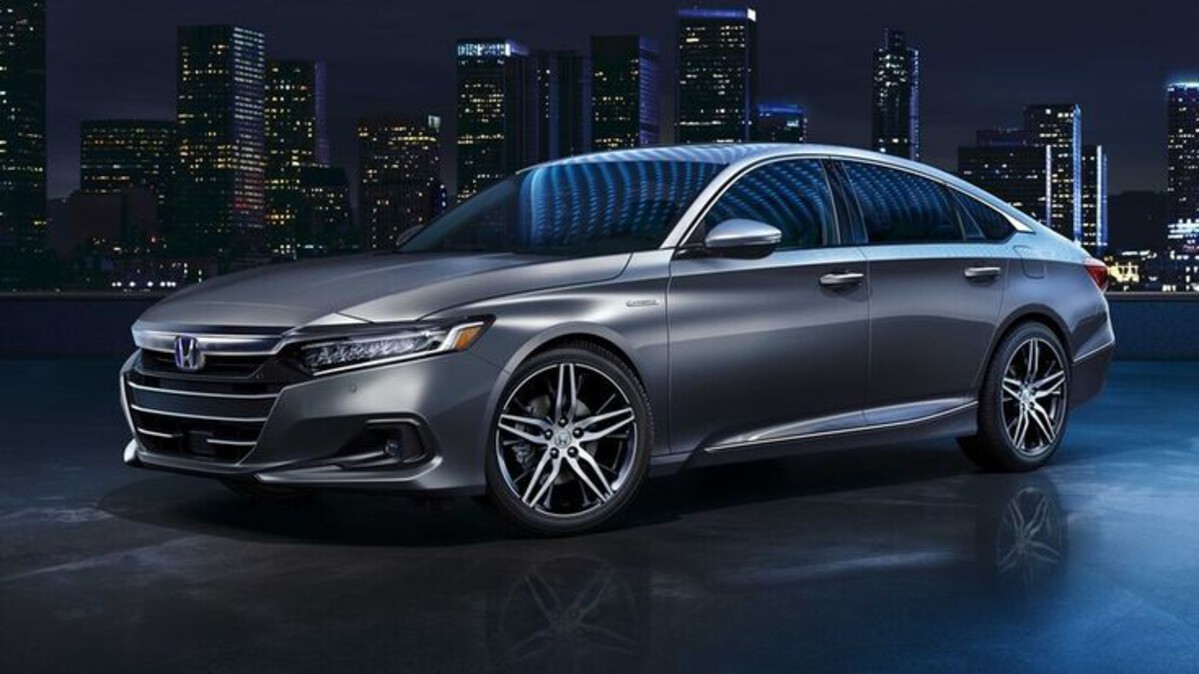
One key plus: Honda’s hybrid system doesn’t overly stress the battery. It relies more on the gasoline engine in high-load scenarios, which helps prolong battery life. Add to that Honda’s reputation for excellent engines and smooth CVTs, and you’ve got a hybrid that won’t fall apart if the battery eventually dies.
What sets the Accord Hybrid apart is that it doesn’t behave like a science project. It feels like a normal car—one that just happens to sip fuel. And in the long run, that simplicity pays off.
If you want a midsize hybrid sedan that handles like a traditional car and shrugs off high mileage, this one’s worth your attention. Many owners hang onto them long after the battery gives up.
3. Lexus RX 450h
Luxury hybrids aren’t always built for the long haul, but the Lexus RX 450h bucks that trend. This midsize SUV blends premium comfort with long-lasting reliability, and its hybrid system is among the most bulletproof Toyotas ever made.
Many RX 450h owners report passing the 200,000-mile mark without major drivetrain or battery issues. When the battery does go, it’s usually well beyond warranty, but the rest of the car holds up beautifully.
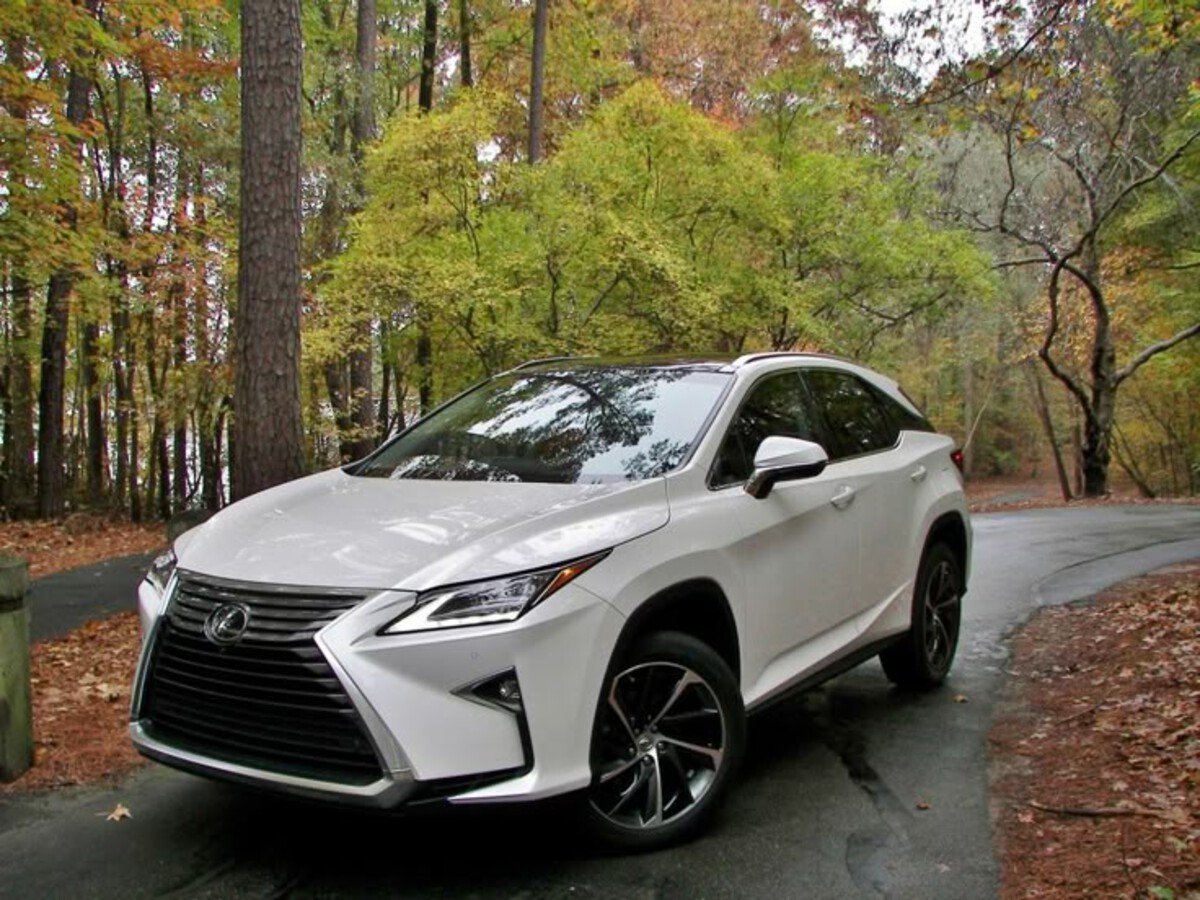
Interior components stay intact, electronics don’t go haywire, and the drivetrain rarely needs serious work.
The hybrid battery itself benefits from Lexus’s conservative tuning. It doesn’t get pushed to its limits, and thermal management is solid. You’ll still pay a premium if a replacement is needed, but the rest of the car won’t fall apart just because the battery does.
In terms of long-term cost of ownership, the RX 450h beats out a lot of luxury competitors, hybrid or not. It’s quiet, smooth, and carries that Lexus resale strength, especially if it’s been well-maintained.
If you want a premium hybrid that doesn’t flinch after 10 years and won’t nickel-and-dime you to death after the battery’s toast, this is one of the safest bets around. It’s as dependable as luxury hybrids get.
4. Ford Escape Hybrid
Ford doesn’t always get high praise for reliability, but the first-gen Ford Escape Hybrid is a surprising gem. Built from 2005 to 2012, this SUV used Toyota hybrid tech under the hood and ended up outliving its reputation.
Plenty of these early Escape Hybrids are still on the road, even with 250,000+ miles on the clock. The hybrid batteries hold up better than expected, and when they do fail, replacements are fairly straightforward.
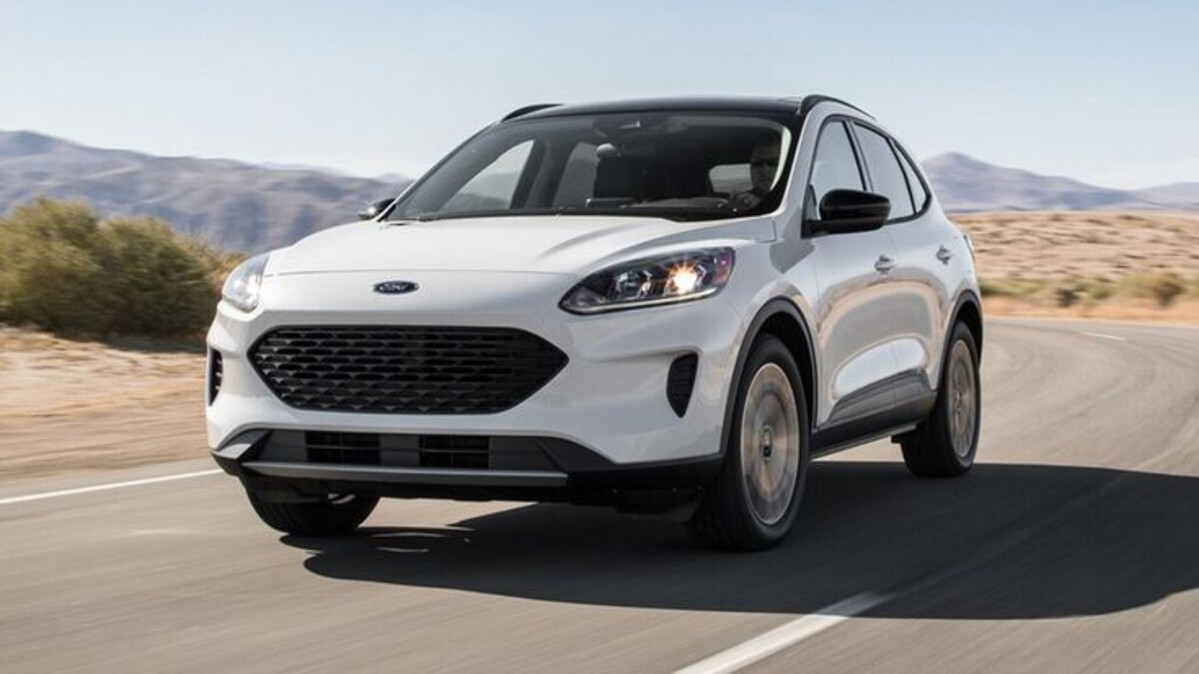
The gas engine is a proven 2.3L Duratec, and the eCVT is decently durable.
What makes it remarkable is that even when the battery finally goes, the Escape doesn’t self-destruct. The rest of the vehicle—especially the drivetrain and interior electronics—tends to age gracefully. The SUV body style gives it versatility, and many owners use it as hard as taxis, shuttles, and fleet vehicles.
This isn’t a luxury car, but if you need a used hybrid SUV that’s tough and repairable, the old Escape Hybrid still holds its own. It’s not a tech marvel, but it’s a hybrid that doesn’t demand new-car money to keep running long after the original battery calls it quits.
5. Hyundai Sonata Hybrid
Hyundai might’ve once had a shaky reliability rep, but the Sonata Hybrid helped flip that script. Models from 2015 onward have proven solid and efficient, with batteries that hold up surprisingly well.
Owners regularly get 150,000 to 200,000 miles out of the factory battery. But even when the battery does go, the Sonata Hybrid doesn’t fall apart. The 2.0L GDI engine is robust, and the hybrid system rarely fails outside of the battery itself. Transmission issues are rare, and software bugs are minimal.
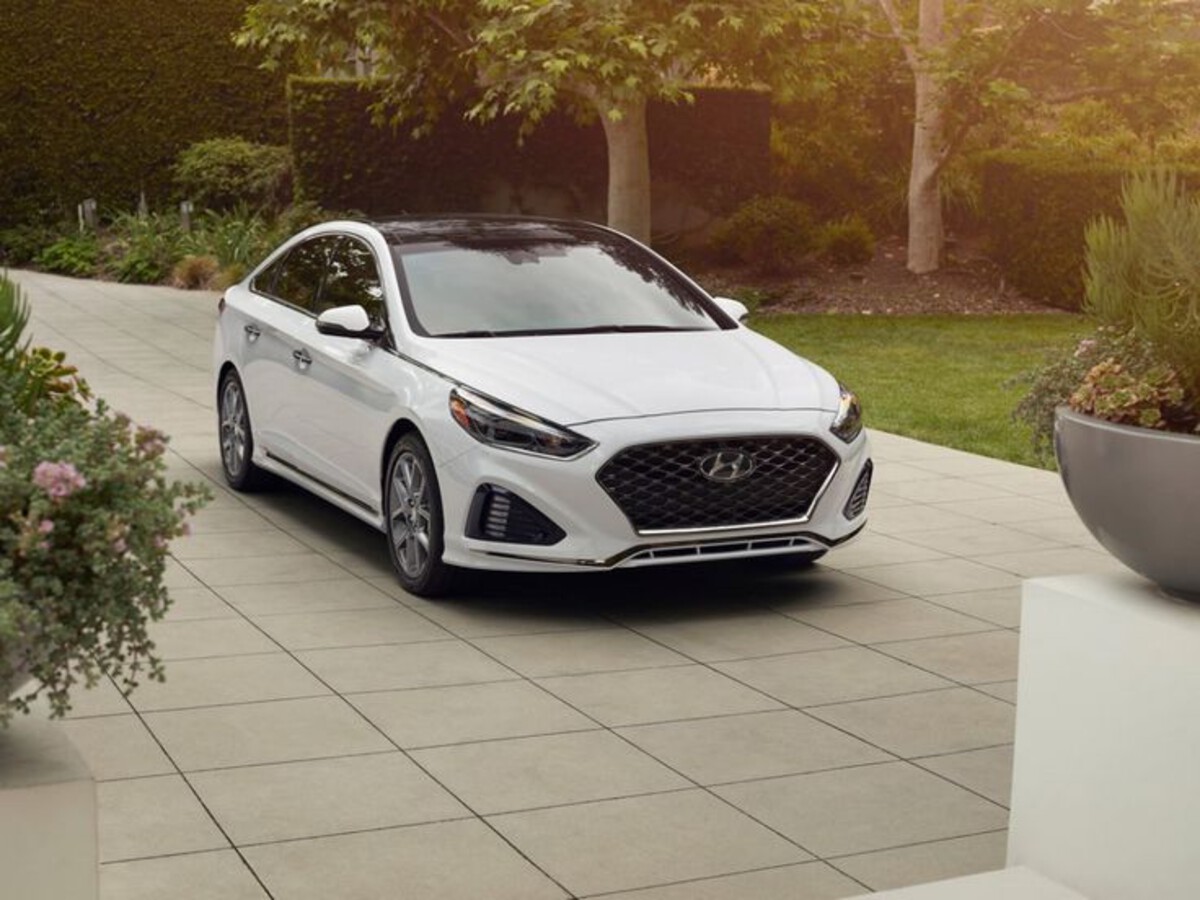
Hyundai’s long warranty (especially the 10-year/100,000-mile hybrid battery coverage) gives early peace of mind, and even after that’s up, maintenance isn’t a nightmare. Parts are affordable, and the design doesn’t demand exotic tools or special treatment.
If you’re looking for a used hybrid sedan that won’t suddenly turn into an electrical disaster post-warranty, the Sonata Hybrid’s worth a look. It’s not as flashy as some rivals, but its durability and lower long-term costs make it a practical choice.
5 Hybrids That Die as Soon as the Warranty Ends
Not every hybrid is built to go the distance. These five may look appealing on paper, but owners often find themselves stuck with massive repair bills the moment the warranty ends. Battery failures, system glitches, and unreliable components tank their value fast. If you don’t want your hybrid turning into a driveway decoration, steer clear of these.
ALSO READ: 10 Minivans That Last for Multiple Generations
1. Chevrolet Cruze (2011–2016)
The Cruze was GM’s big hope to fight off imports, and on paper, it looked great—turbocharged 4-cylinder engine, solid fuel economy, and a decent infotainment setup. But once it crosses the warranty line? Boom. Welcome to the breakdown parade.
Owners report timing chain tensioner failures, turbo issues, and the dreaded coolant leaks. The 1.4L turbo motor is especially bad—it’s like it wants to hemorrhage every fluid it has after 60,000 miles. Then you’ve got electrical gremlins: windows acting up, radios shutting down, dashboard lights blinking like a disco.
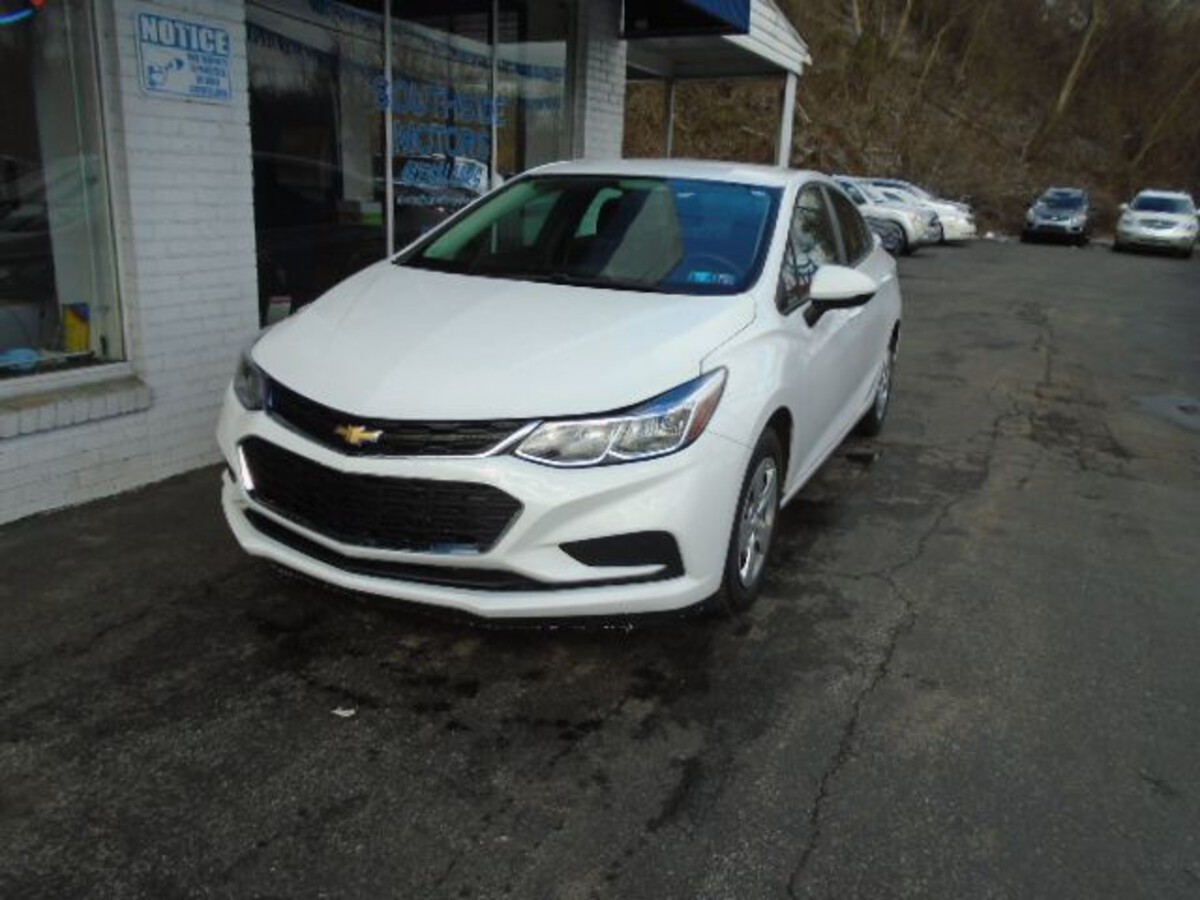
Add in a transmission that loves to fail quietly before finally throwing a fit around 75,000 miles, and you’ve got a recipe for post-warranty disaster. And let’s not even talk about the HVAC systems—blowers that stop working, random AC cutouts, and heater cores leaking into passenger footwells.
The Cruze is a classic example of a car that feels just fine during its protected years, but once you’re on your own? It folds like a paper crane in the rain. If you’re hunting for long-term reliability, this ain’t the one. Search Chevy Cruze transmission failure or coolant smell inside the Cruze—you’ll see what I mean.
2. Hyundai Elantra (2011–2014)
Hyundai made big promises with this generation of the Elantra—good styling, generous features, unbeatable pricing. And for the first few years, it held up its end of the deal. But the second that odometer ticks past the 60,001 mark? The car just says “nope.”
The biggest offender here is the 1.8L engine. It’s part of a family known for oil consumption issues. And I’m not talking a little topping off—I’m talking about adding a quart every 500–700 miles. It’s ridiculous. Left unchecked, the engine seizes, and boom—$4,000+ repair bill.
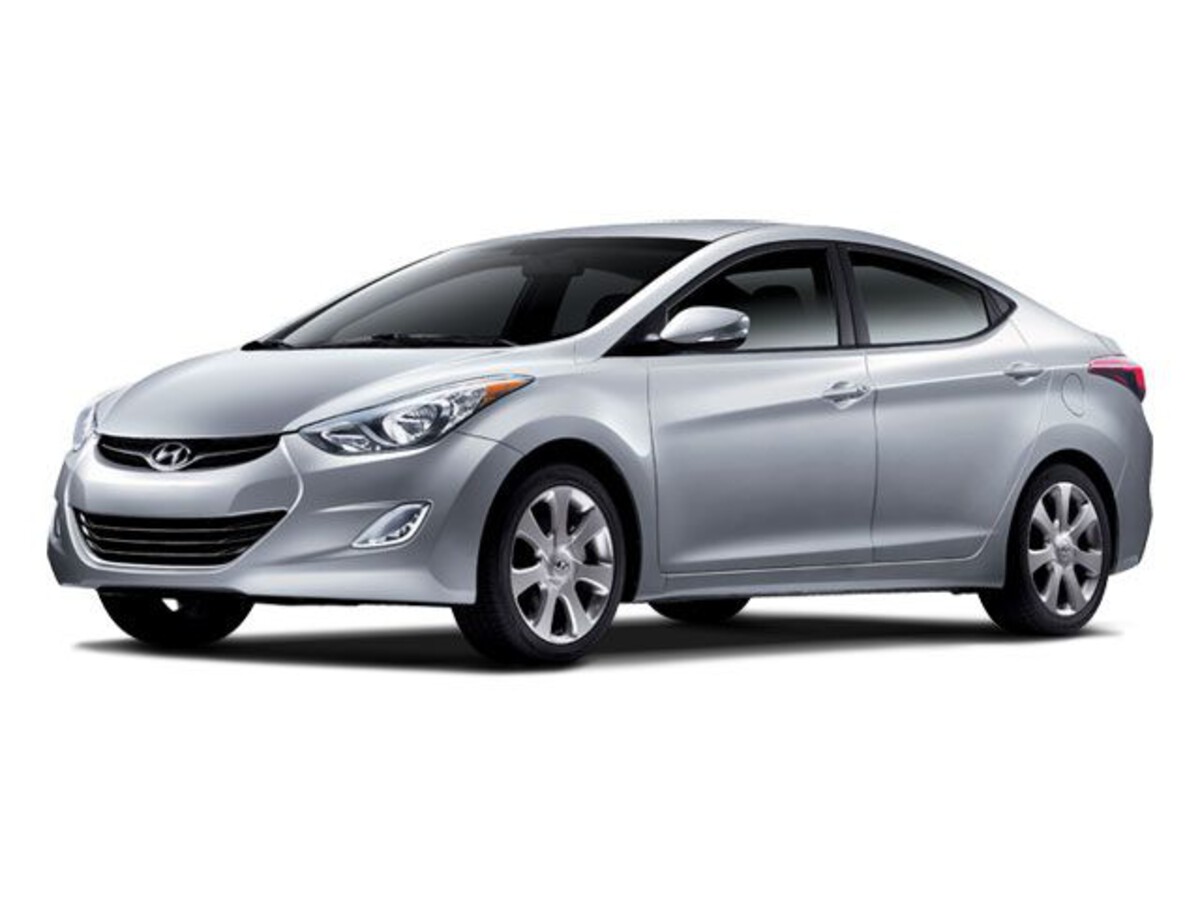
Then there’s the suspension. Struts and bushings fail early, making the car ride like it’s on square wheels. The electric power steering? Not immune either. Many owners reported total EPS failures with no warning. And infotainment units? Dead pixels and frozen screens are the norm post-warranty.
What stings is how smooth and refined the car feels under 60k. It lulls you into thinking you got a bargain. But the post-warranty reliability? Nope. Search “Elantra engine failure class action” and buckle up. It’s a bad look for a brand that says “we’ve improved.”
3. Ford Focus (2012–2018)
Oh man, where do we even start? The Ford Focus was supposed to be Ford’s compact king. But the moment the warranty is out, this car turns into a financial black hole. And the biggest offender? That god-awful PowerShift dual-clutch transmission.
The clutches wear prematurely. Software glitches cause gear hunting, stalling, and bucking, especially in stop-and-go traffic. Ford tried to patch it with a hundred TSBs, but most of those updates came after the car had already ruined your day and your wallet.
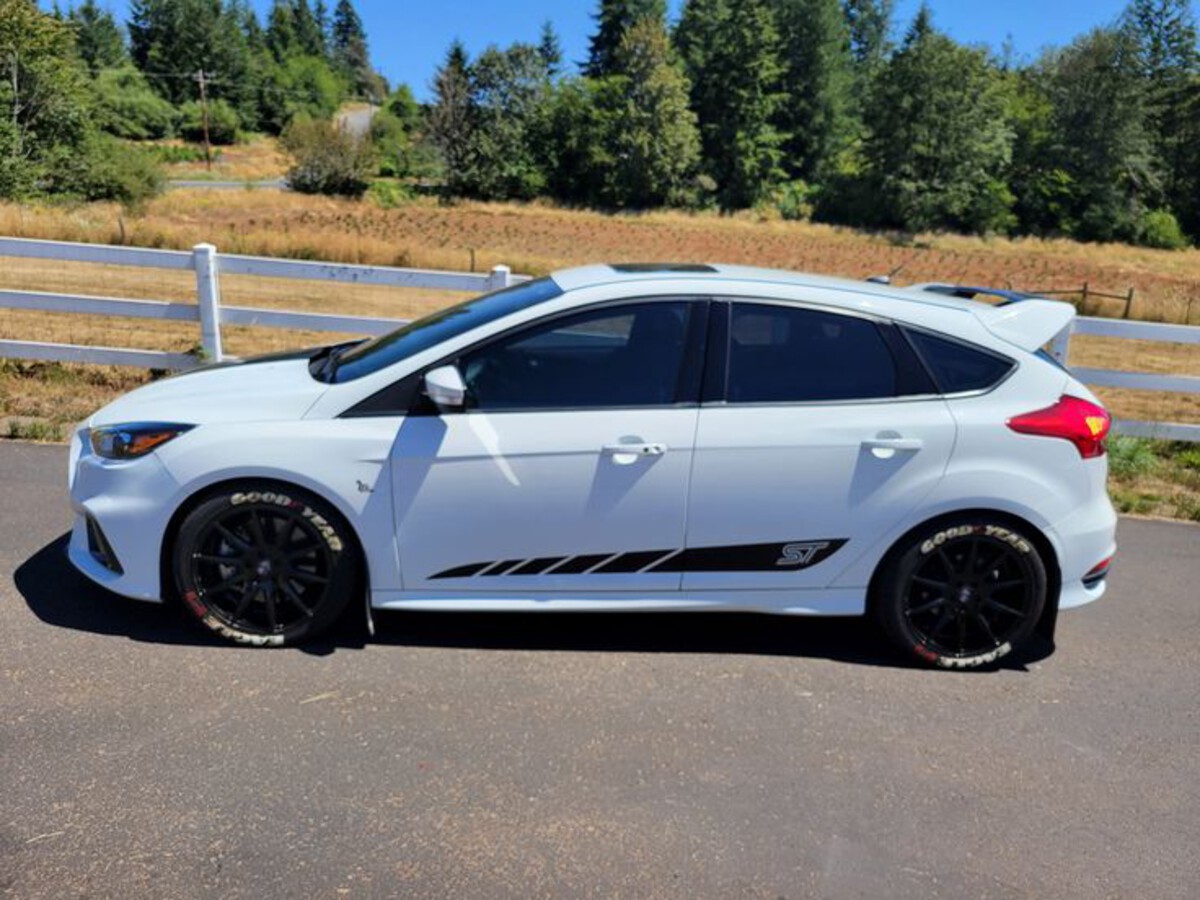
Once past the warranty, you’re basically stuck. Clutch packs and mechatronics are expensive, and they fail repeatedly. It’s like paying for the same problem three times. On top of that, engine mounts wear out early, leading to vibration nightmares. Fuel system issues pop up randomly. Door latches? They fail. Suspension? Clunky and loud well before 80,000 miles.
This car made people swear off Ford altogether. There are Facebook groups, forums, Reddit threads—an entire digital support group of people who regret buying this thing. Just search Ford Focus PowerShift transmission lawsuit—it’s a masterclass in how to ruin customer trust with one design.
4. Dodge Dart (2013–2016)
The Dart came out all guns blazing—good looks, turbo engine option, and a compact size that screamed “this might be fun.” But this thing starts unraveling fast once the safety net (aka the warranty) disappears.
The 1.4L turbo? Same one used in Fiat models. And it’s notorious for misfires, boost leaks, and coolant problems. The MultiAir system (which sounds cool in theory) often throws codes and causes random performance drops.
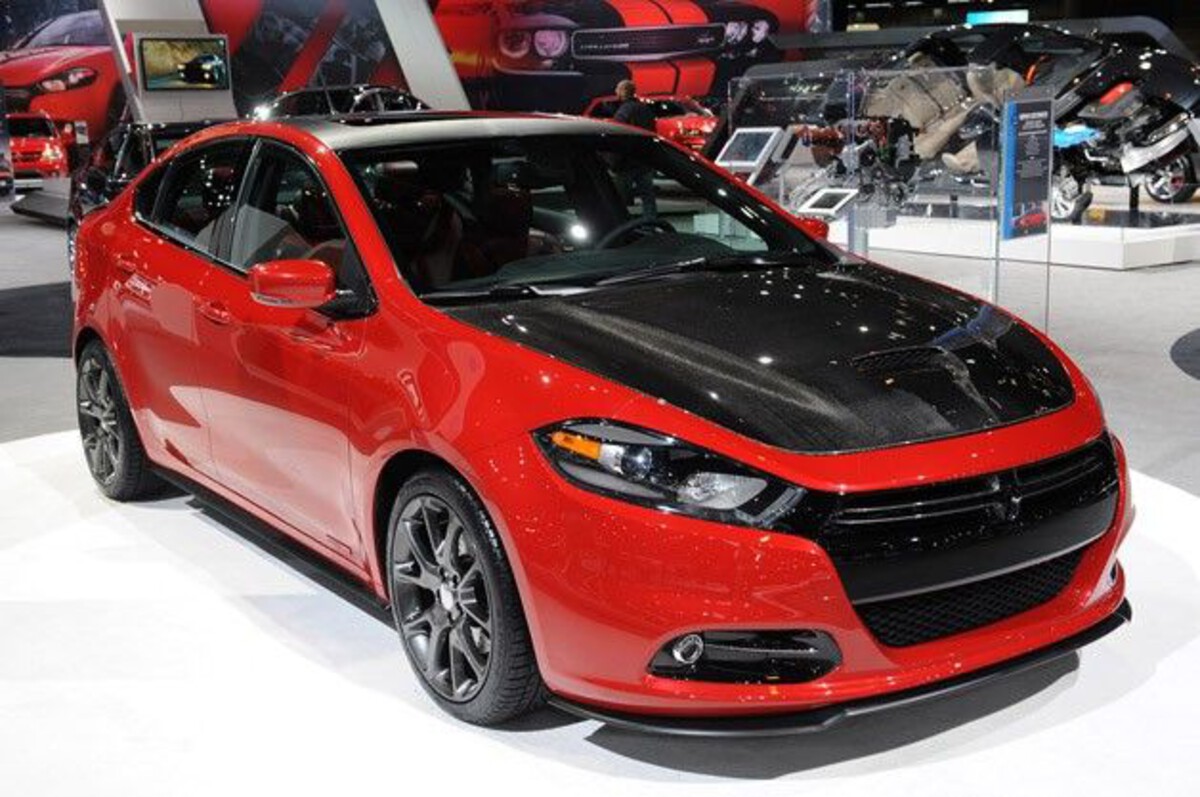
Then there’s the DDCT transmission—a robotic manual that somehow manages to be both unresponsive and unreliable.
And the little stuff? Oh, it adds up. Climate control panels that stop responding. Uconnect screens that freeze. Door handles that break off in your hand. Plus, lots of weird electrical issues—backup cameras flickering, key fobs not recognized, battery drain problems.
The Dart is like a promise half-kept. The styling tricks you into thinking you’ve bought something sporty and solid, but the reliability is trash past the 60k mark. You’ll spend the next 30,000 miles just chasing one annoying failure after another.
You want post-warranty peace of mind? Don’t buy a Dart. Just don’t.
5. Nissan Altima (2013–2018)
You’d think a mid-size sedan from a major brand would be a safe bet, right? Nope. The Altima pulls the ultimate bait-and-switch. It runs fine while it’s under warranty, then absolutely craters once you’re on your own.
Biggest problem? The CVT. Nissan’s infamous continuously variable transmission is a ticking time bomb. Jerky acceleration, weird whining sounds, overheating, and full-on failure—often right around the 70,000–90,000-mile mark. CVT replacements aren’t cheap, and Nissan hasn’t exactly been eager to step up unless you scream bloody murder.
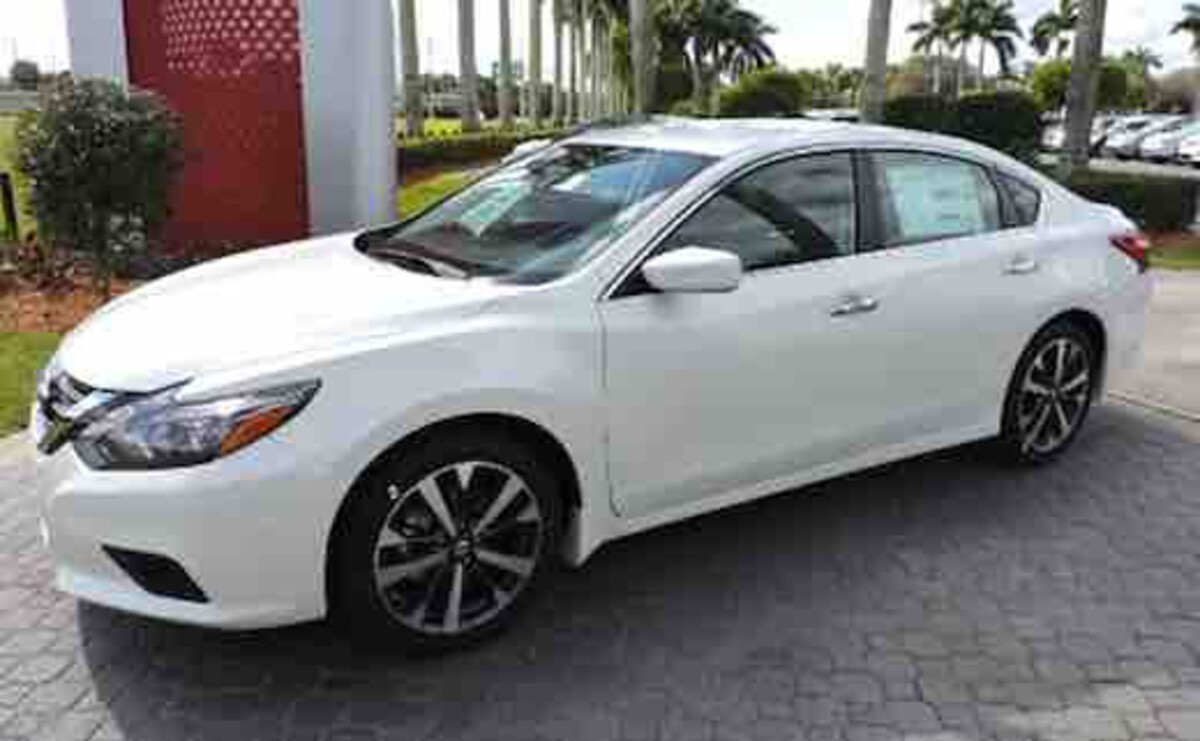
Then you’ve got the 2.5L engine—fine on paper, but prone to oil consumption and sensor failures. Camshaft and crankshaft position sensors are a common failure point. Add in flimsy interior quality (plastic that scratches if you breathe on it wrong), suspension that clunks early, and wheel bearings that hum by 60k? It’s not good.
Search “Altima CVT problems” and prepare to scroll. Nissan sold this car like it was bulletproof, but once the warranty ends, you better start budgeting for major repairs. It’s not a matter of if, but when.
There’s nothing worse than buying a car thinking it’s your ride for the next decade—only to have it fall apart the moment the manufacturer stops paying the repair bills. These five cars? They’re textbook examples of that nightmare. They show up clean on the lot, run fine during the early days, and then start bleeding you dry once the 60k or 5-year warranty expires.
It’s not always the engine alone. Sometimes it’s the transmission. Sometimes it’s endless small failures that pile up into a giant headache. These models earn their place on this list because they do the exact opposite of what buyers expect—they don’t age gracefully. Instead, they collapse when you need them to be solid.
If you’re shopping for a used car and thinking, “Oh it’s only got 70k miles, should be fine”—hit pause. Do your research. Look at long-term reliability ratings, check for common issues after warranty, and read owner forums. Because these cars? They’ve burned enough people to build a bonfire.
Protect your wallet. Be skeptical. Because if it looks too good to be true after the warranty expires, it probably is.

